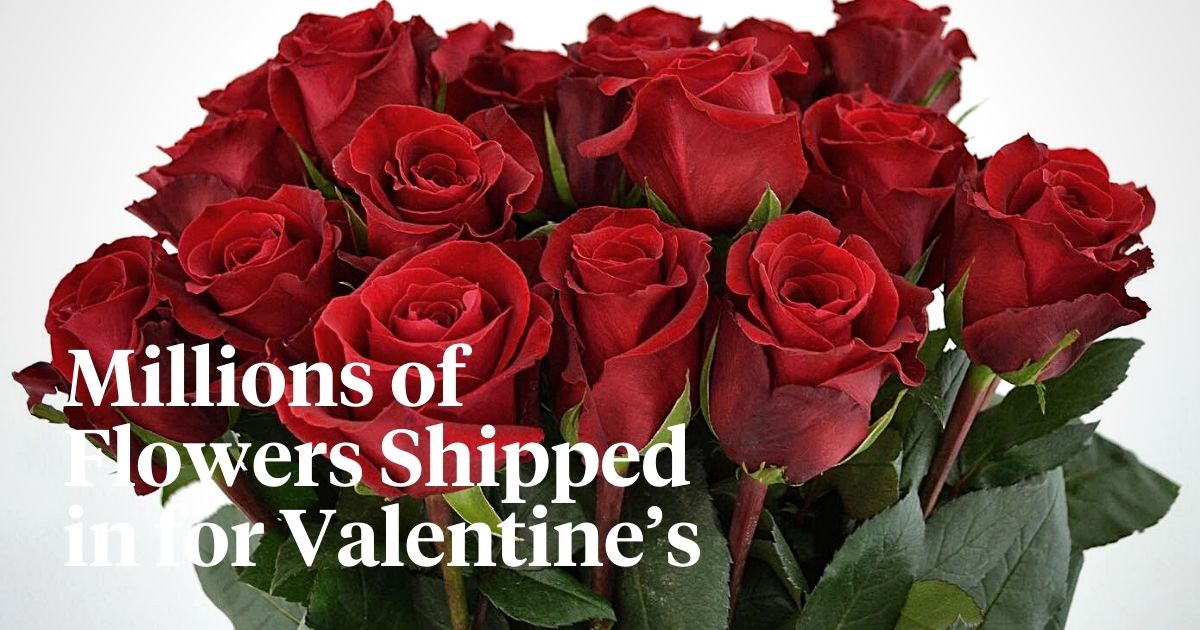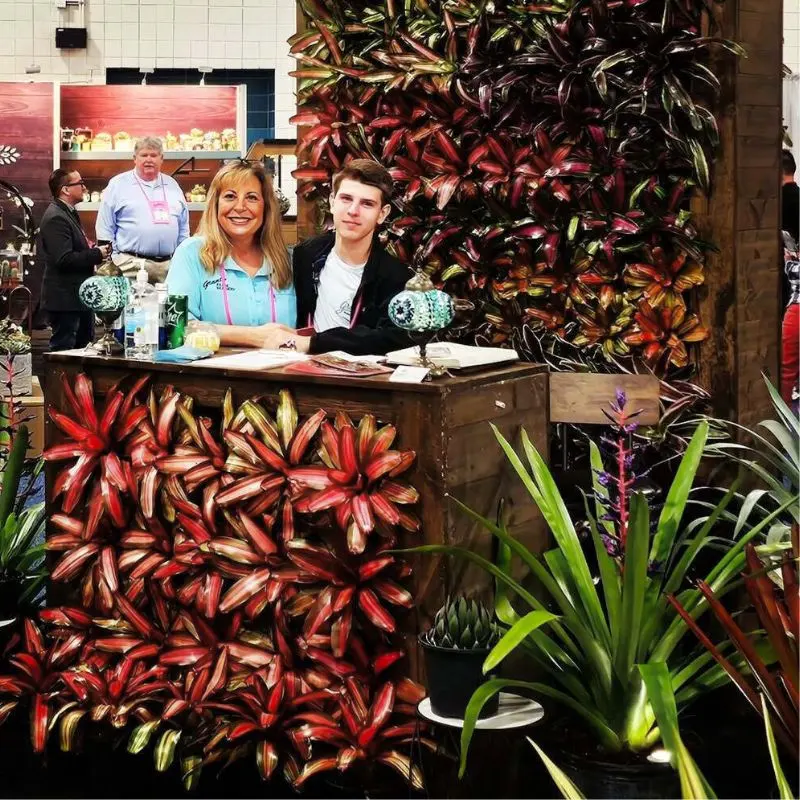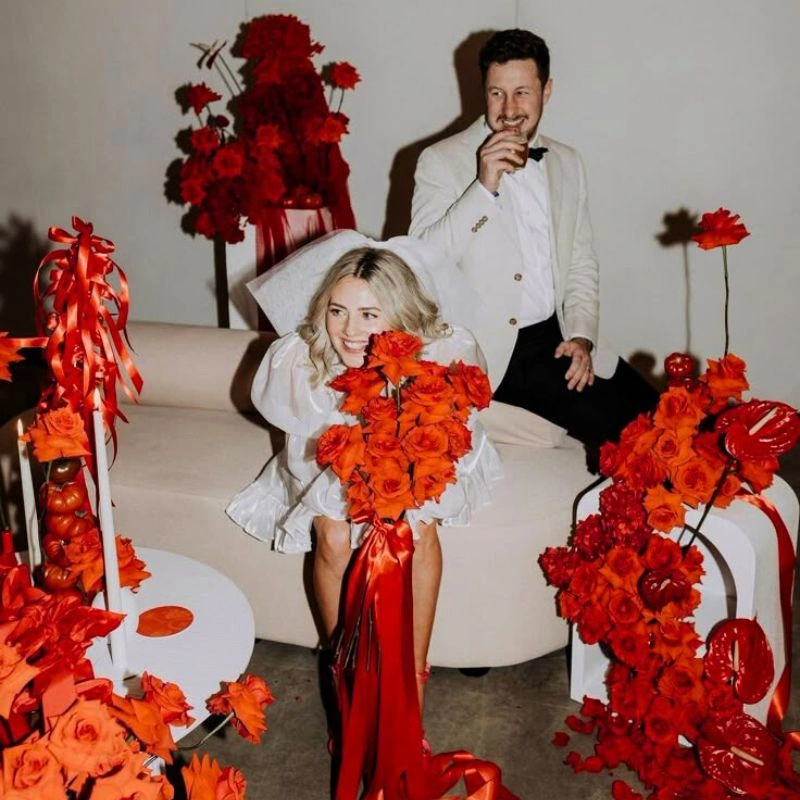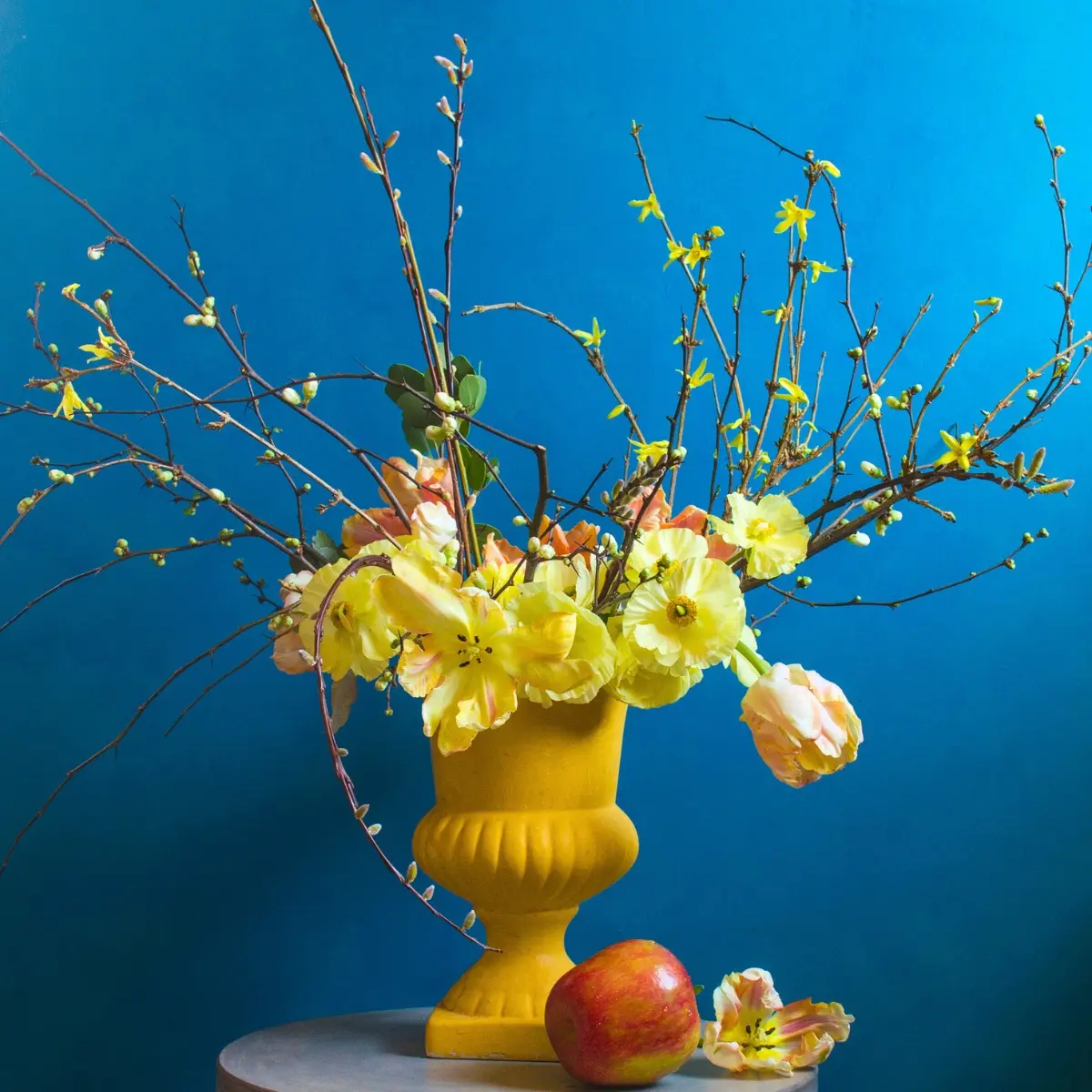Valentine's Day, an occasion synonymous with love and romance, is celebrated worldwide on February 14th. While chocolates, cards, and romantic dinners are customary, one aspect of this special day often goes unnoticed - the remarkable journey of millions of flowers that climaxes in the expression of love.
The U.S. flower entry point at the Miami International Airport is usually the epicenter of this floral extravaganza, with an amazing millions of flowers passing through its gates. And with the thorough efforts of U.S. Customs and Border Protection (CBP), the nation's agriculture and environment remain protected from invasive pests and diseases.
The Miami Flower Hub
Miami International Airport is known for its vibrant atmosphere and bustling tourism. However, during the weeks leading to Valentine’s Day, it transforms into a floral transportation hub.
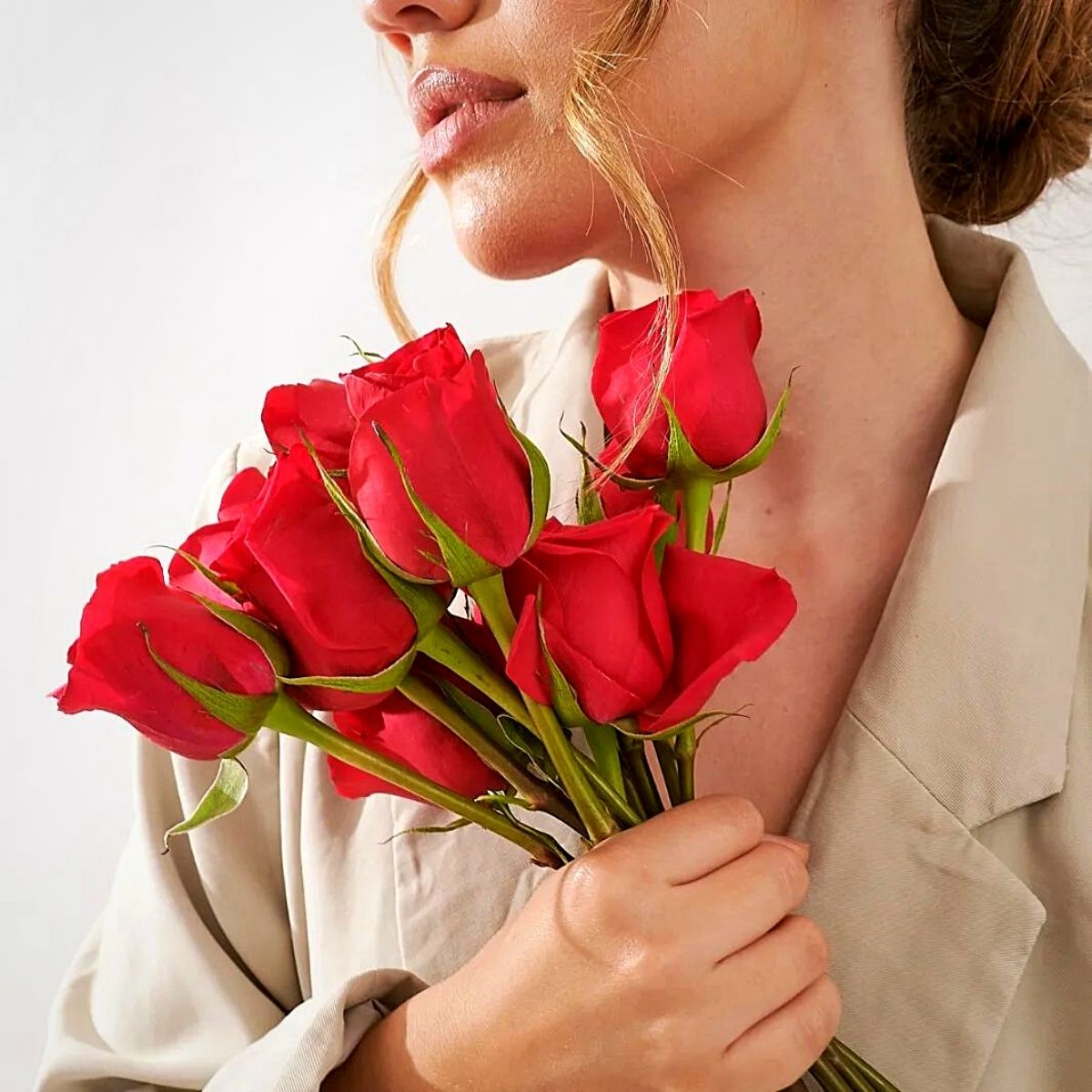
Photo by @bouqlyshop
According to the U.S. Customs and Border Patrol, Miami handles an astonishing 90% of the roses and fresh-cut flowers sold in the United States for this romantic occasion. The airport acts as a vital nucleus, receiving hundreds of flights from South American countries such as Colombia and Ecuador, where flowers are grown in abundance.
The Journey of 460 Million Flowers
The scale of the Valentine's Day flower trade is truly staggering. This season, approximately 460 million flowers were transported from Ecuador and Colombia alone, as specified by Diogo Elias, the senior vice president of Avianca Cargo.

Photo by @fruiticiousrandwick
These flowers included a variety of the most beloved blooms, with roses and carnations from Bogota, pompons, hydrangeas, and chrysanthemums from Medellin, and roses, carnations, and gypsophila from Quito being among the most exported flowers this year.
They arrived on hundreds of flights into Miami on their journey to florists and supermarkets across the U.S. and Canada. That equates to some 18,000 tons of flowers passing through Miami.
Diogo Elias:
“The Valentine season actually started in mid-January and ends Wednesday. During those three weeks, flowers arrived in Miami on some 300 flights. And that's where U.S. Customs and Border Protection agriculture specialists come into play.”
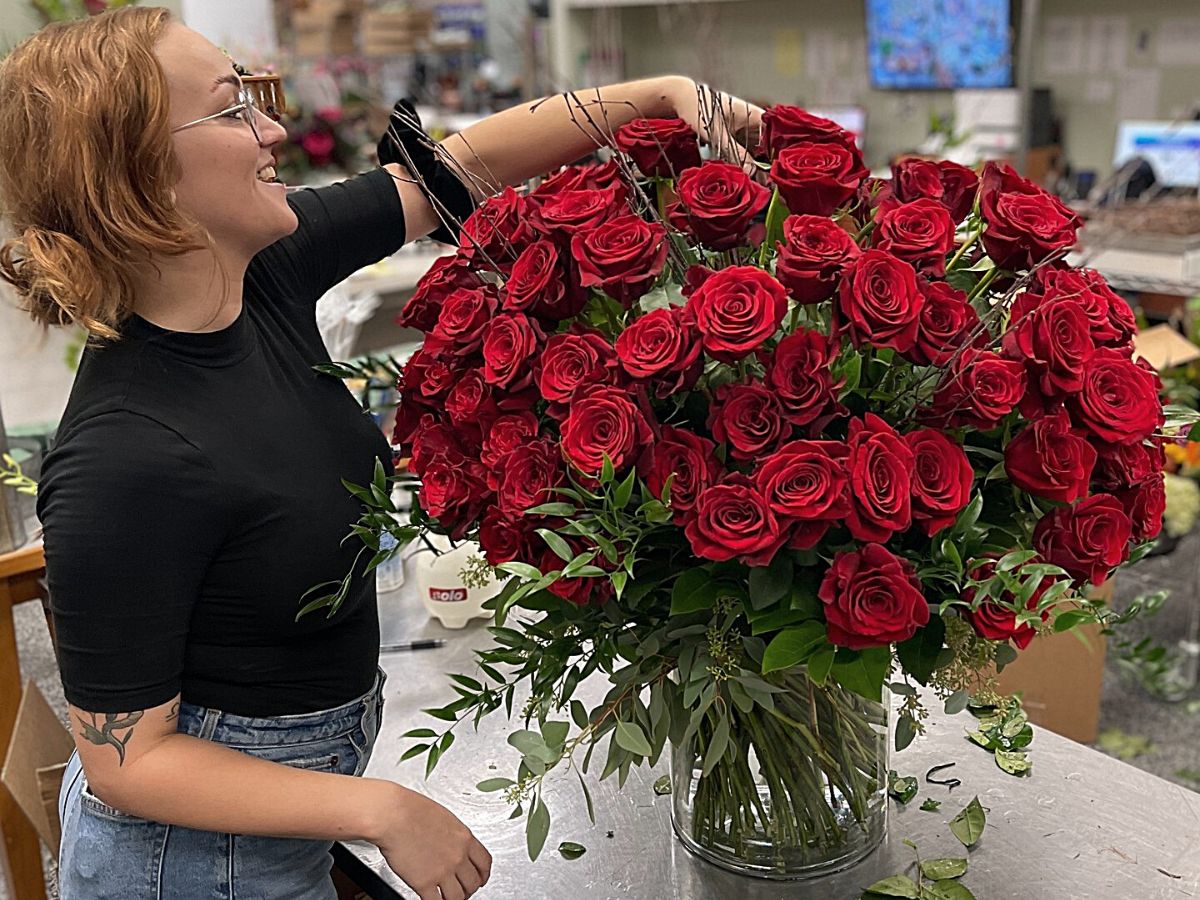
Photo by @wellingtonflorist
At the airport, these specialists check the bundles of flowers to prevent the introduction of potentially harmful plants, pests, and foreign animal diseases from entering the country.
The Role of U.S. Customs and Border Protection
In the middle of the floral carnival, CBP’s agriculture specialists play a crucial role in safeguarding the nation's agriculture and environment. At Miami International Airport, these authorities carefully inspect the imported flowers, ensuring that no potentially harmful pests, plant diseases, or foreign animal diseases enter the United States. Their watchfulness aims to prevent economic and environmental losses, which have amounted to a staggering $120 billion annually in the country.

The sheer magnitude of the Valentine's Day flower trade, accordingly, demands resolute keenness and a greater deal of attention to detail from the airport staff and agriculture specialists. From mid-January to February 8th alone, specialists processed around 832 million stems of cut flowers, inspecting 75,000 cut flower sample boxes.
During this period, they intercepted 1,100 plant pests, emphasizing the importance of their work. Although the numbers may be slightly lower compared to the previous year due to various factors, the scale remains notable. During the same time last year, specialists processed more than 861 million stems of flowers, resulting in 932 plant pest interceptions.
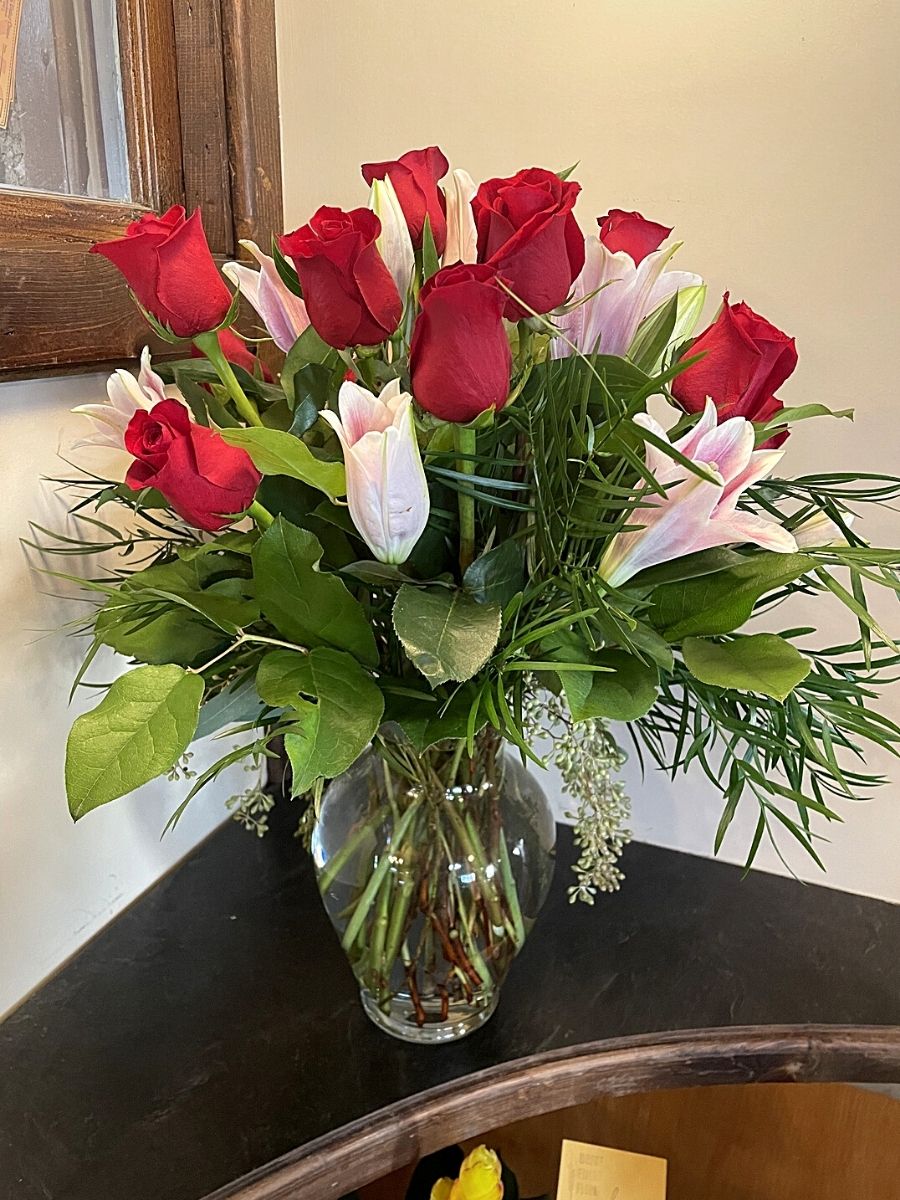
Photo by @Wheat Fields Floral
Identifying Harmful Pests and Diseases in the Flowers
With their primary objective of safeguarding the nation's agriculture and environment from potential threats, CBP’s agriculture specialists employ various measures and techniques to ensure that no harmful pests or diseases enter the U.S. through these imported flowers.
These CBP agriculture specialists receive extensive training in pest identification and plant pathology. They are well-versed in recognizing common pests and diseases that can affect plant health. This expertise enables them to quickly identify any potential threats within the imported flower shipments.

Photo by @teleflora
Accordingly, they carefully inspect shipments of flowers arriving at Miami International Airport, visually examining the flowers, foliage, and other plant materials for signs of pests or diseases. They also take random samples of cut flowers to conduct further analysis and testing.
Oftentimes they deploy advanced imaging technology, such as X-ray machines, to scan the flower shipments. The equipment can detect anomalies or hidden pests within the boxes or packaging. If any suspicious objects are detected, the CBP agriculture specialists conduct a thorough examination to determine if they pose a risk.
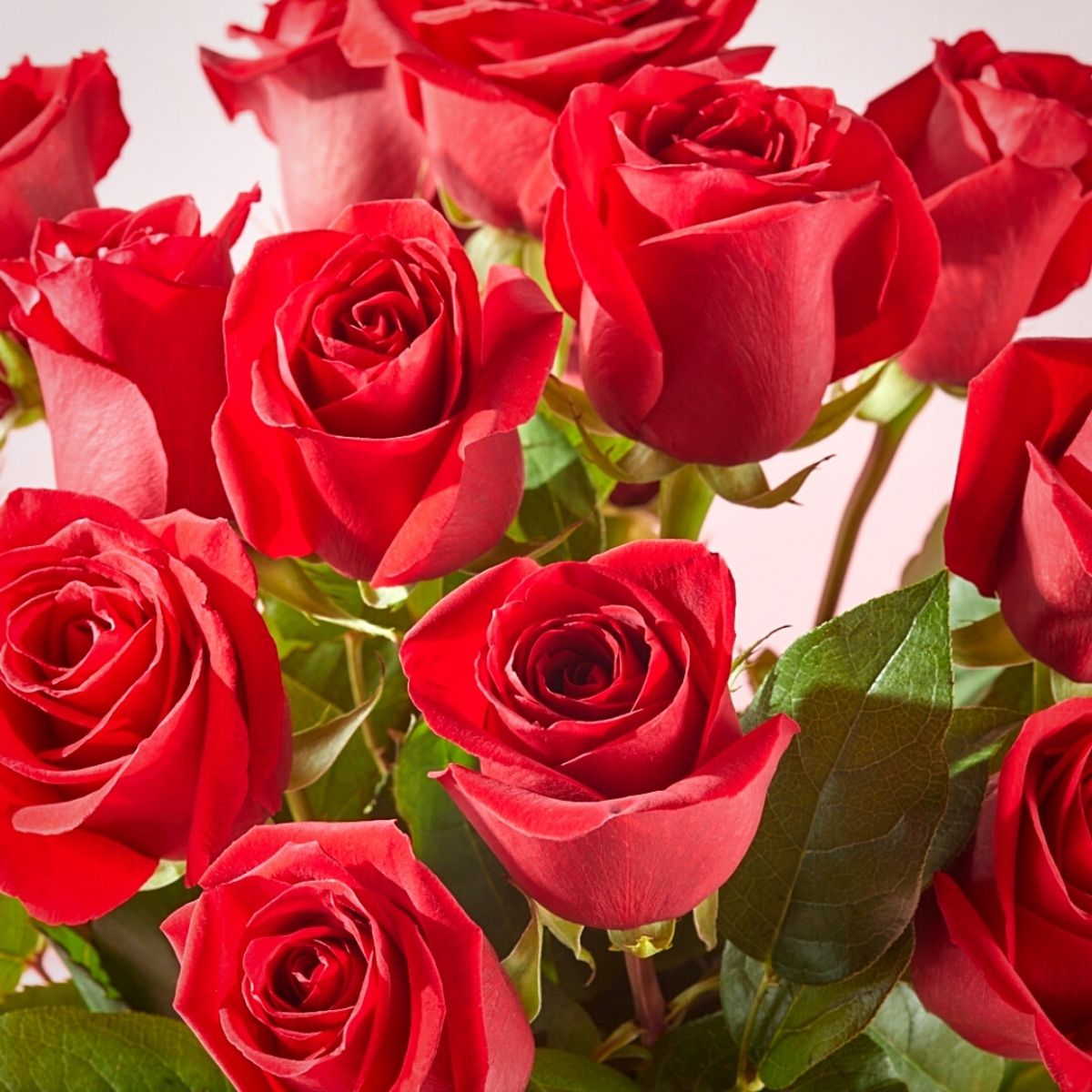
Sometimes, they use highly trained canine detection teams specifically trained to detect agricultural pests and diseases. These dogs have a keen sense of smell and can detect even small traces of organic matter or pests. The canine teams work alongside agriculture specialists to conduct targeted inspections and identify potential risks.
The customs unit also employs a risk-based approach to prioritize inspections. They use intelligence information, data analysis, and historical trends to identify high-risk shipments, in a targeted approach that allows them to focus their efforts on the most critical areas. This improves efficiency and effectiveness.
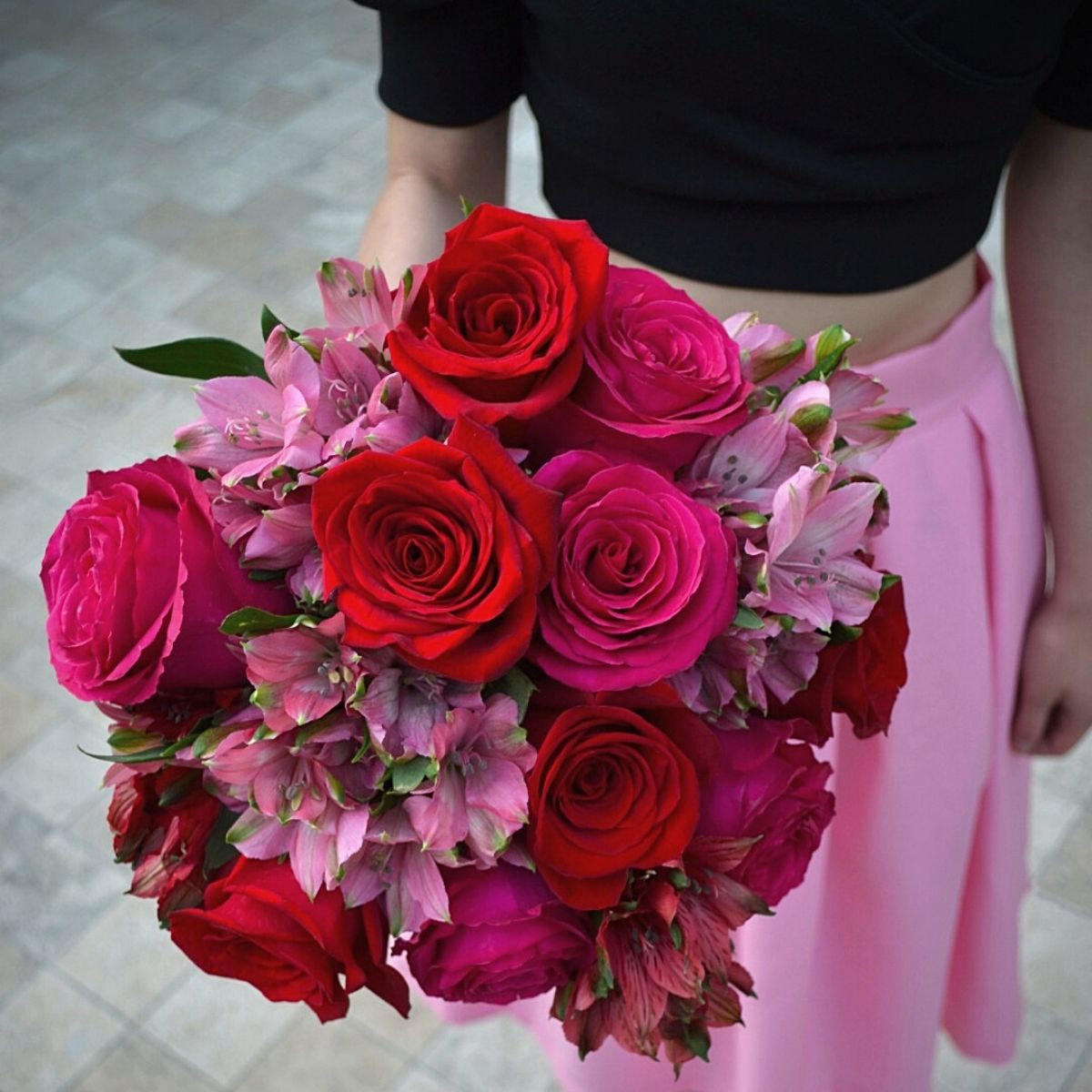
Photo by @tessacorp.roses
What’s more, in collaboration with other agencies, such as the U.S. Department of Agriculture (USDA). These authorities ensure comprehensive inspections and adherence to phytosanitary regulations. They work together to share information, expertise, and resources to enhance the protection of the country's agriculture industry.
In cases where pests or diseases are detected, the CBP agriculture specialists have the authority to initiate quarantine measures. They may isolate the affected shipments or treat them using approved methods to eliminate or mitigate the risk, preventing the spread of pests or diseases to other plants or environments.

Photo by @davidaustinweddingroses
Danny Alonso, the airport's port director:
“Essentially, their job is to make sure the floral imports don't contain the kinds of exotic pests and foreign animal diseases that have caused $120 billion annually in economic and environmental losses in the United States. It is a massive undertaking. It [Valentine’s] is one of the most demanding times of the year for our staff here.”
A Breather Before the Next Floral B(l)oom
As the Valentine's Day rush subsides, industry professionals catch their breath before preparing for the upcoming flower-centric celebration - Mother's Day in May. While not as widely recognized on a global scale as Valentine's Day, Mother's Day still holds immense significance for the flower industry.

Photo by @mamasgarrden
In this context, florists and suppliers begin planning well in advance to ensure an abundant supply of fresh blooms to honor mothers.
Feature image by @bouqlyshop, header image by tessacorp.roses.

